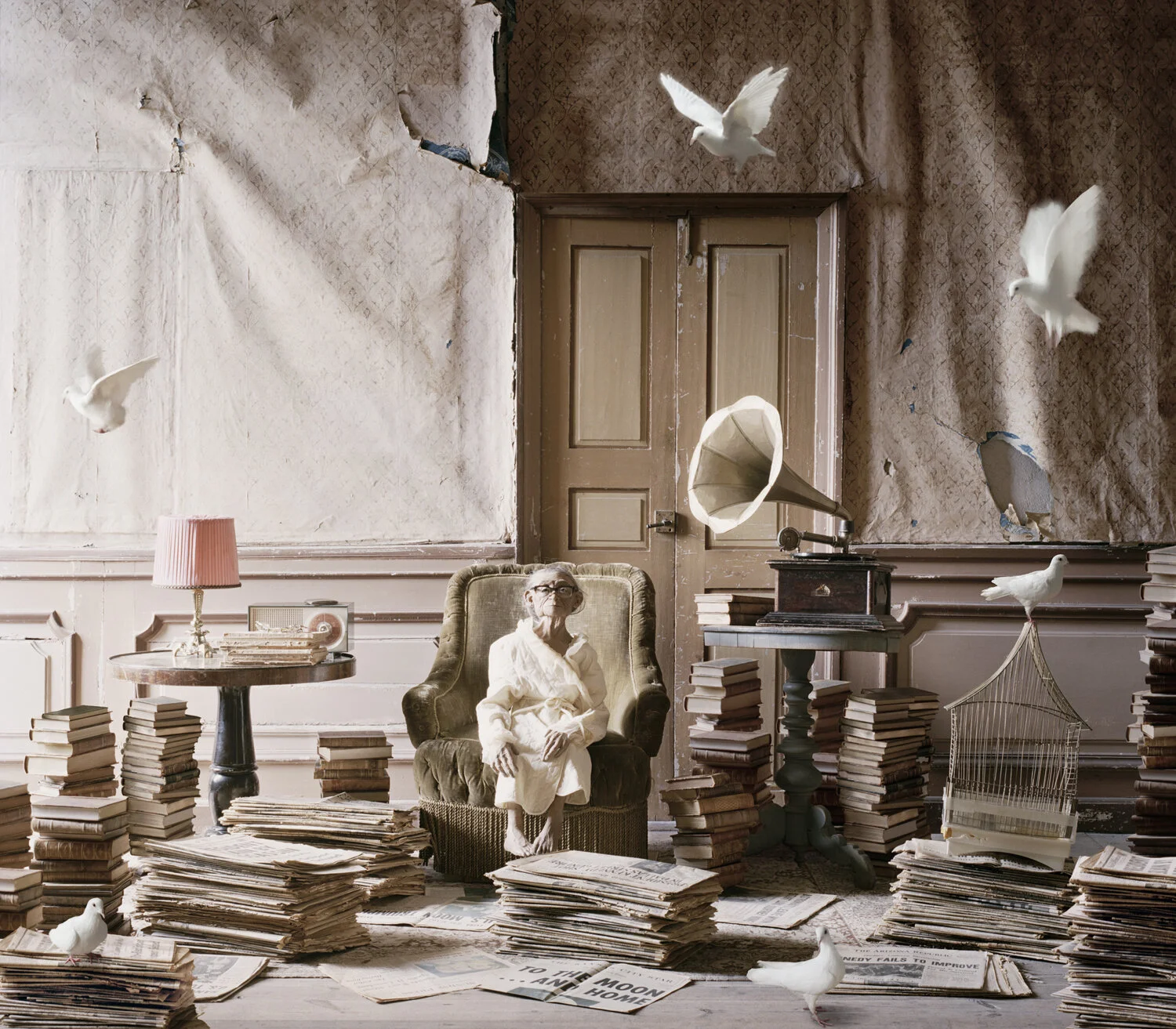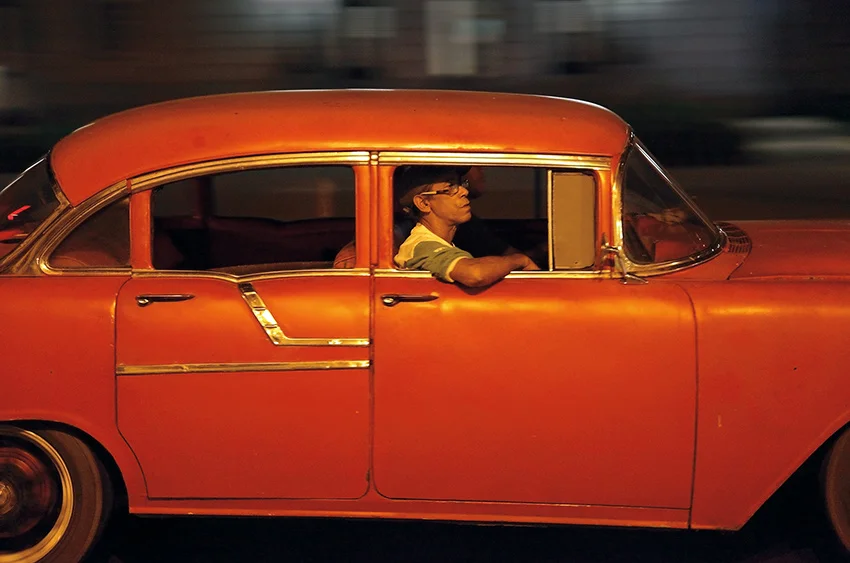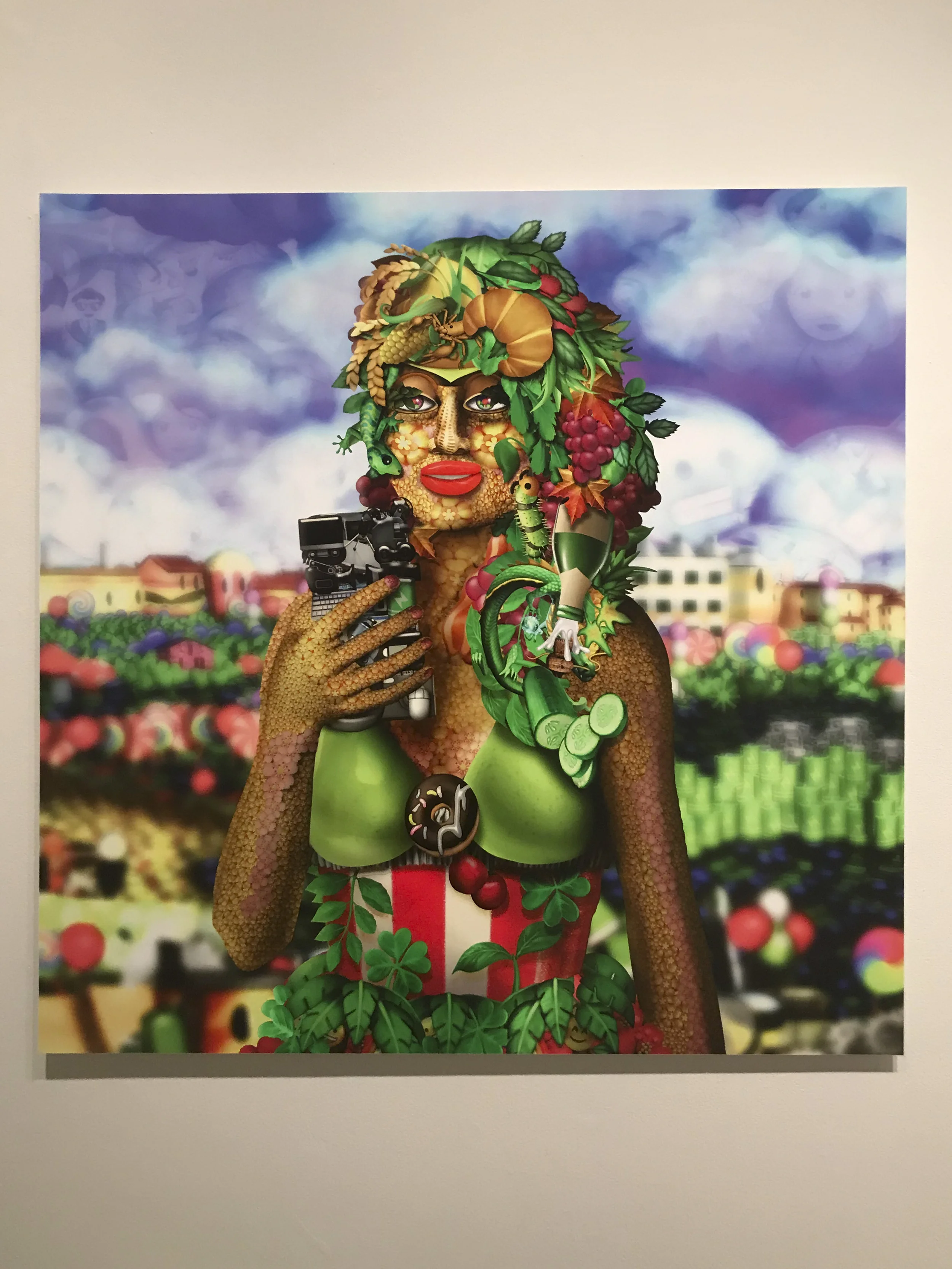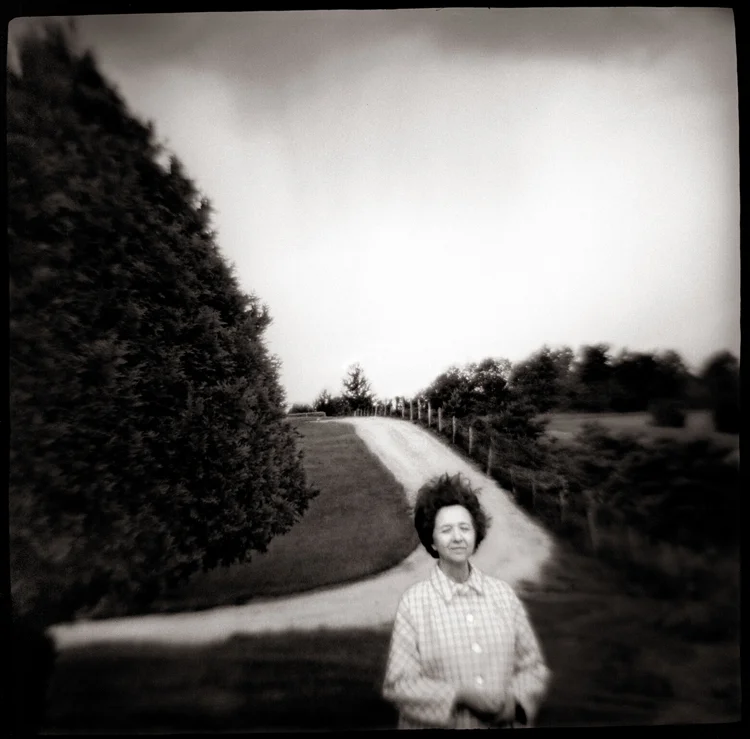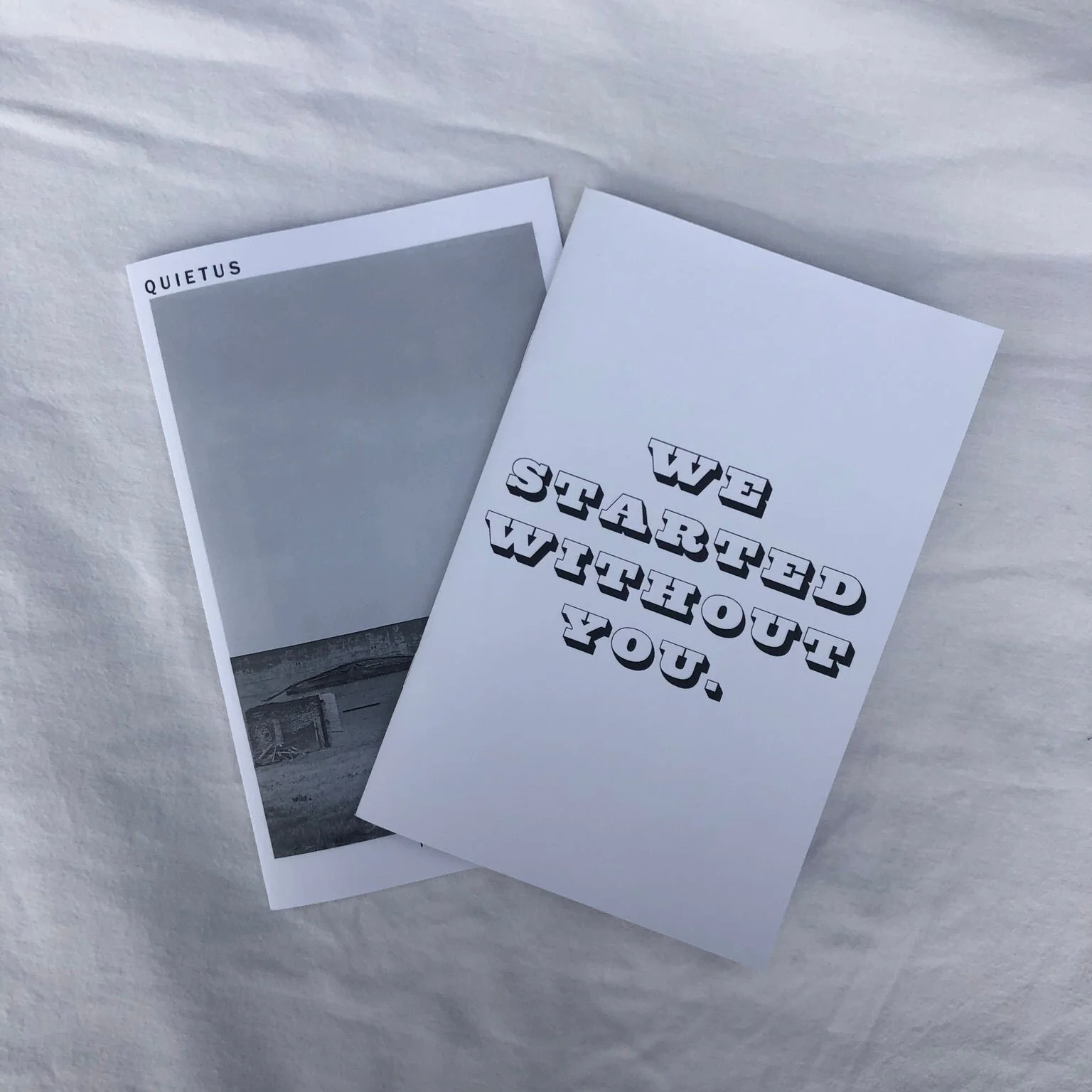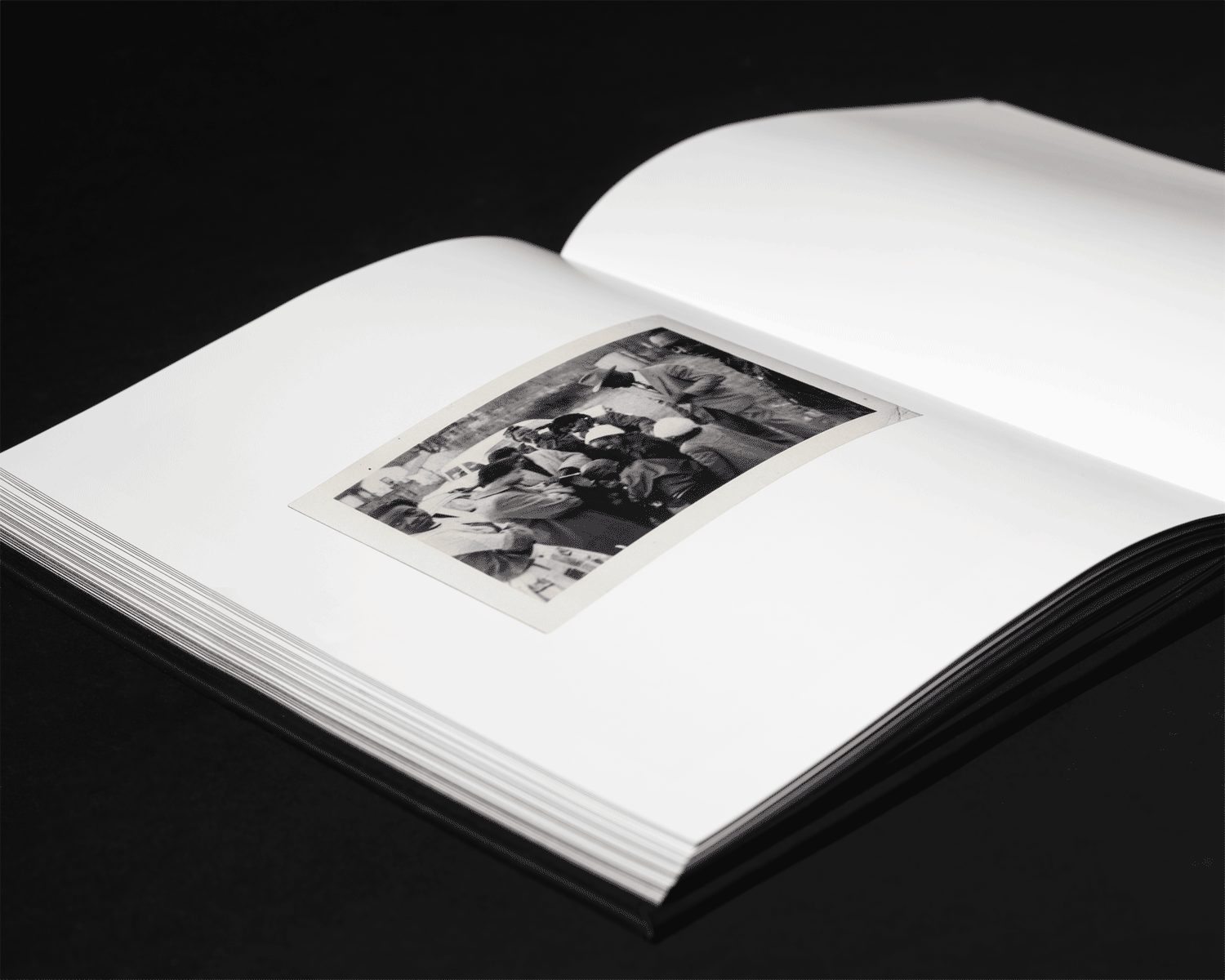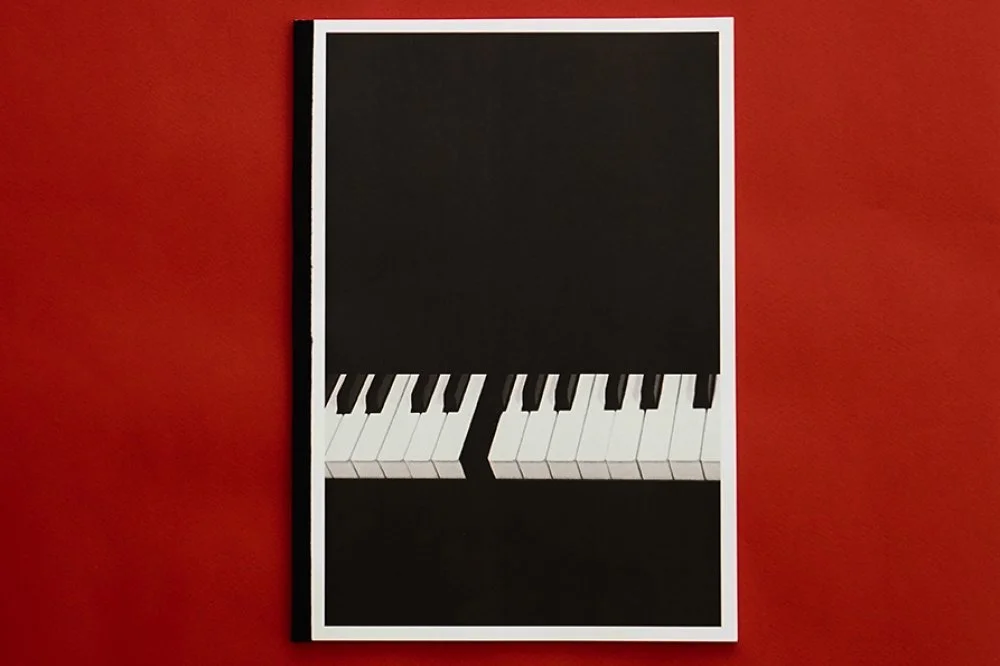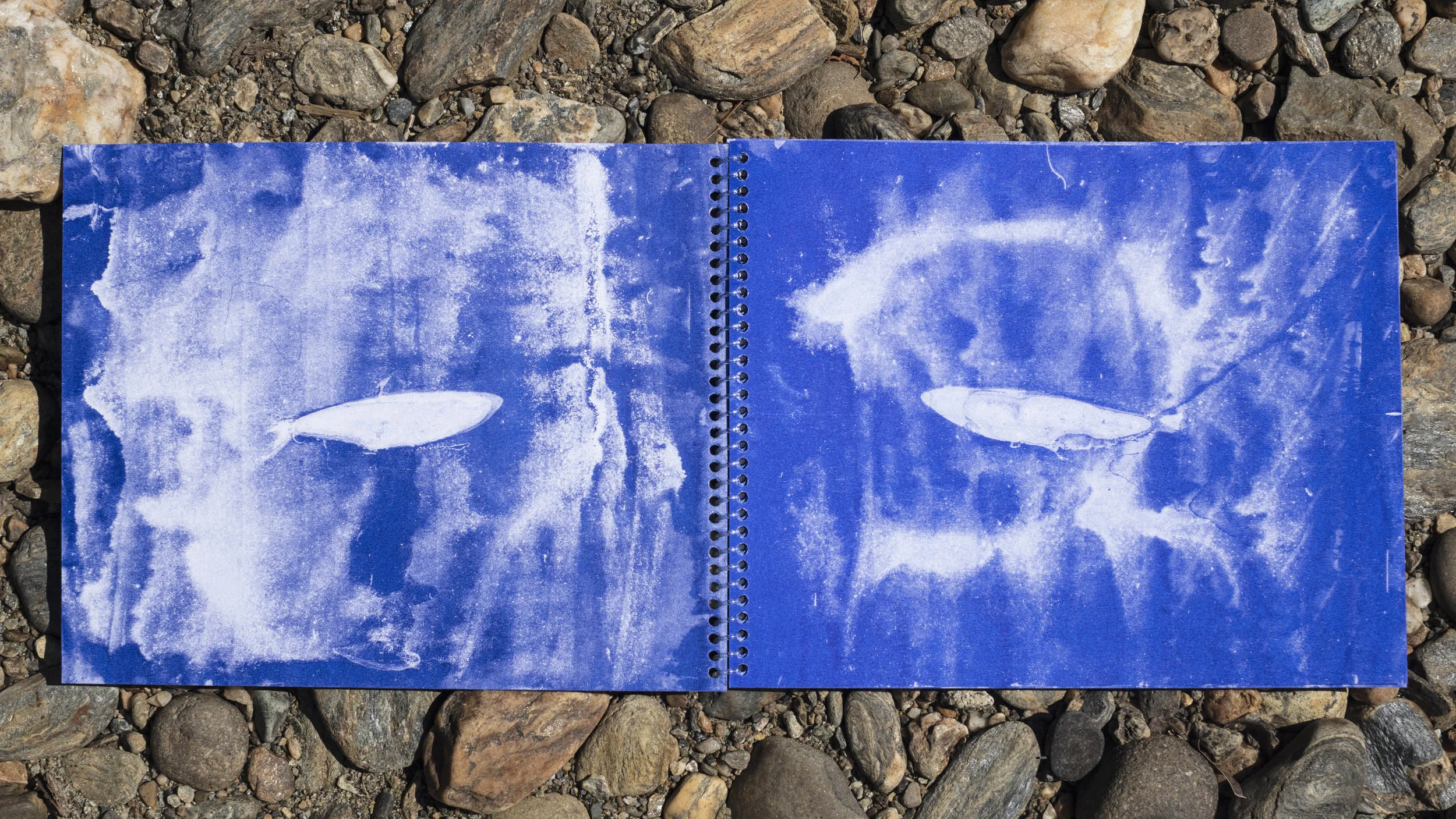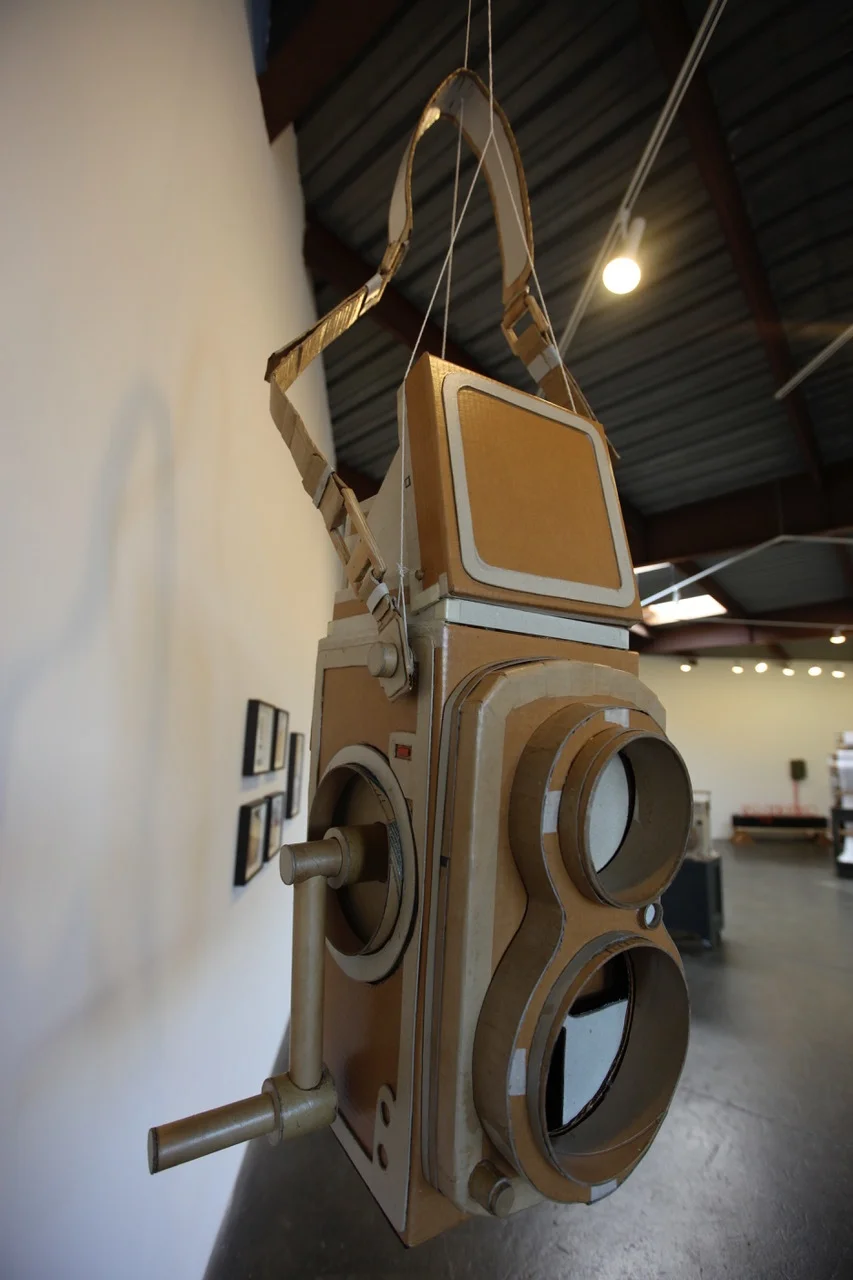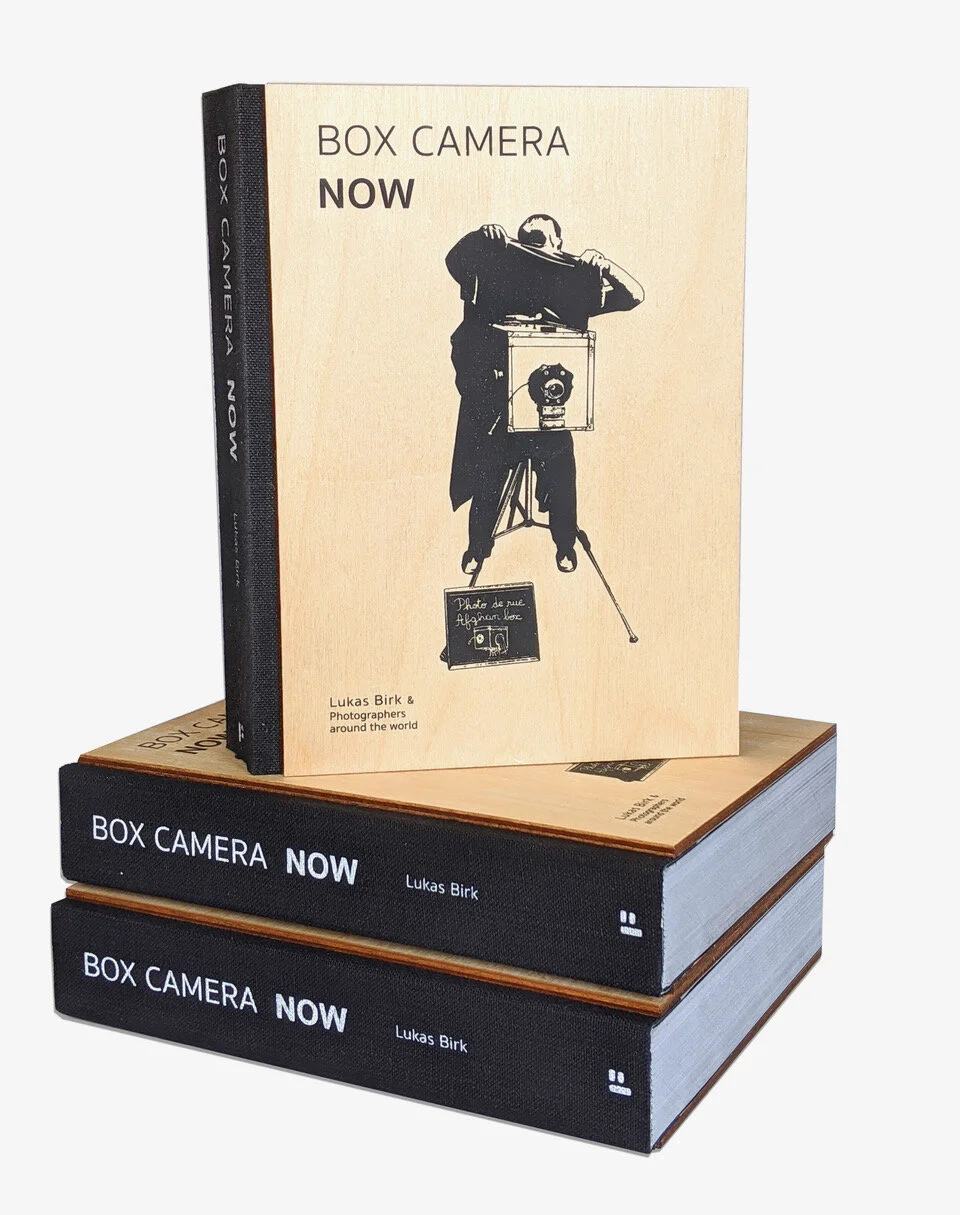“I never want to see another picture of ________.” Industry veterans share their pet peeves on themes in contemporary photography. In this series they present their “rule” along with five photographs that break the rule in an effort to show that great work is the exception to the rule.
Mountain XXVIII, Pigment print scratched with a razor
Rule Setter: Kaycee Olsen, Director, Von Lintel Gallery
Rule Breaker: Christopher Russell
I never want to see another landscape, especially a romanticized western landscape. The birth of photography began with a landscape. The earliest known surviving photograph made with a camera is an image depicting the view from an upstairs window in Joseph Niépce’s French country home circa 1826, known as “View from the Window at Le Gras.”
After nearly 200 years of landscape photography, ranging from the early pioneers like Niépce and Daguerre, to the modern masters such as Ansel Adams and Edward Weston, and the contemporary masters like Edward Burtynsky and John Chiara, what landscape has been left uncharted and what can be added to this genre that hasn’t already been done?
It’s as if Christopher Russell asked himself these very same questions when he set forth on his current body of work, The Explorers. Russell makes frequent nods to photographic tradition of landscapes but executes his work in a manner that undermines the properties of photography’s illusionistic space. His current body of work was photographed in the Columbia River Gorge where Carleton Watkins photographed the West with pristine vistas characteristic of the 19th century Romantic period. Using abstract approaches to the genre of landscape, Russell mixes interpretations of Watkins’ images by creating ambiguous vistas and landscapes indecipherable to locate in place or time. Russell’s photograph, “The Explorers #2,” is a successful confluence of paying homage to the genre of landscape while subverting the raw materiality of the photographic substrate. Russell photographed Cape Horn in the Columbia River at the same vantage point as Carleton Watkins but introduced a fabric veil to the lens pointed towards the sun resulting in a colorful hazy landscape he later manipulated through scratching the pictorial landscape directly into the emulsion of the photograph with a razor blade. Russell has created a hybrid landscape somewhere between a photograph and a drawing forging a regeneration of the familiar and trite genre of landscape photography.
—Kaycee Olsen
The Explorers #2, Pigment print scratched with a razor.
The Explorers #19, Pigment print scratched with a razor
The Explorers #6, Pigment print scratched with a razor
Mountain XXIII, Pigment print scratched with a razor





































